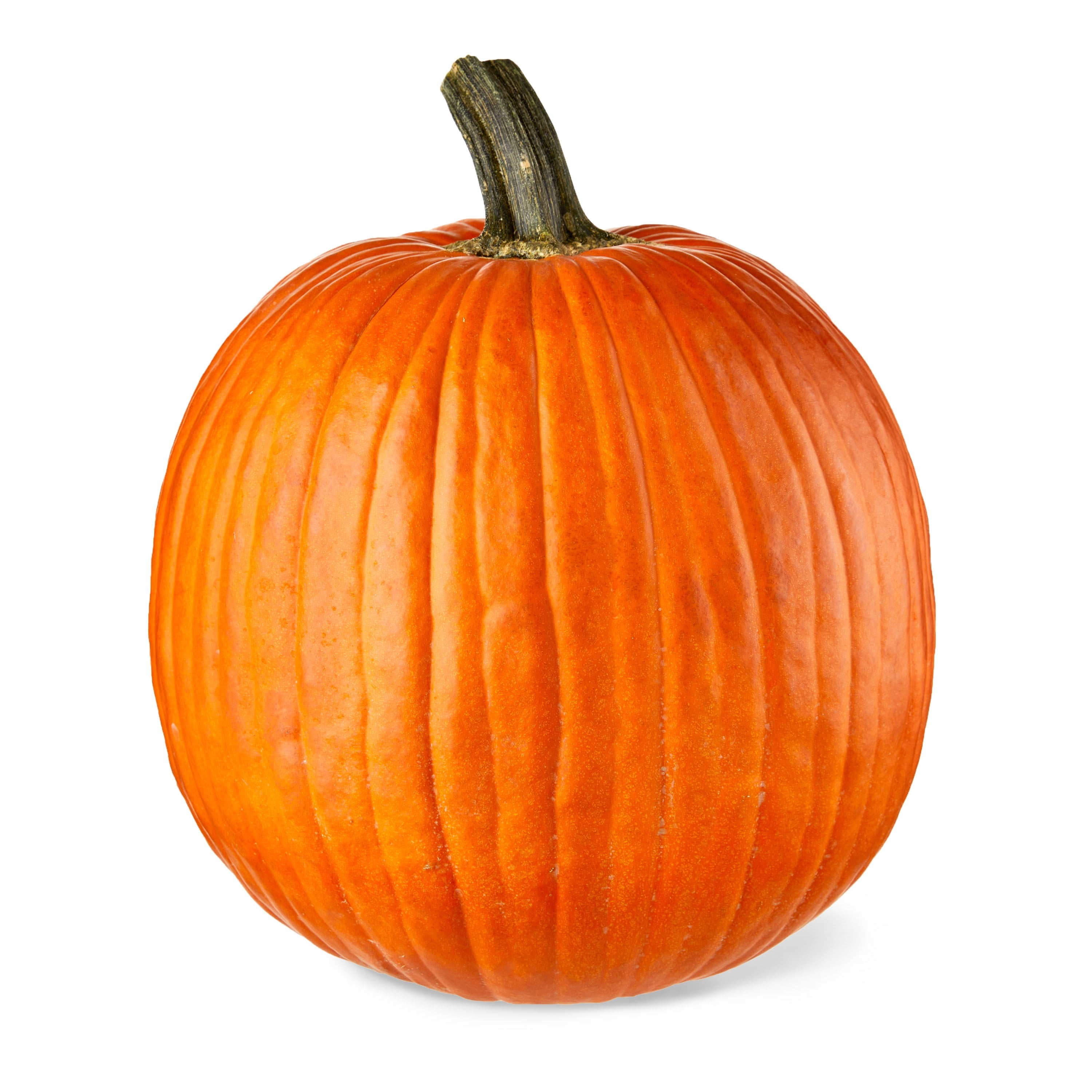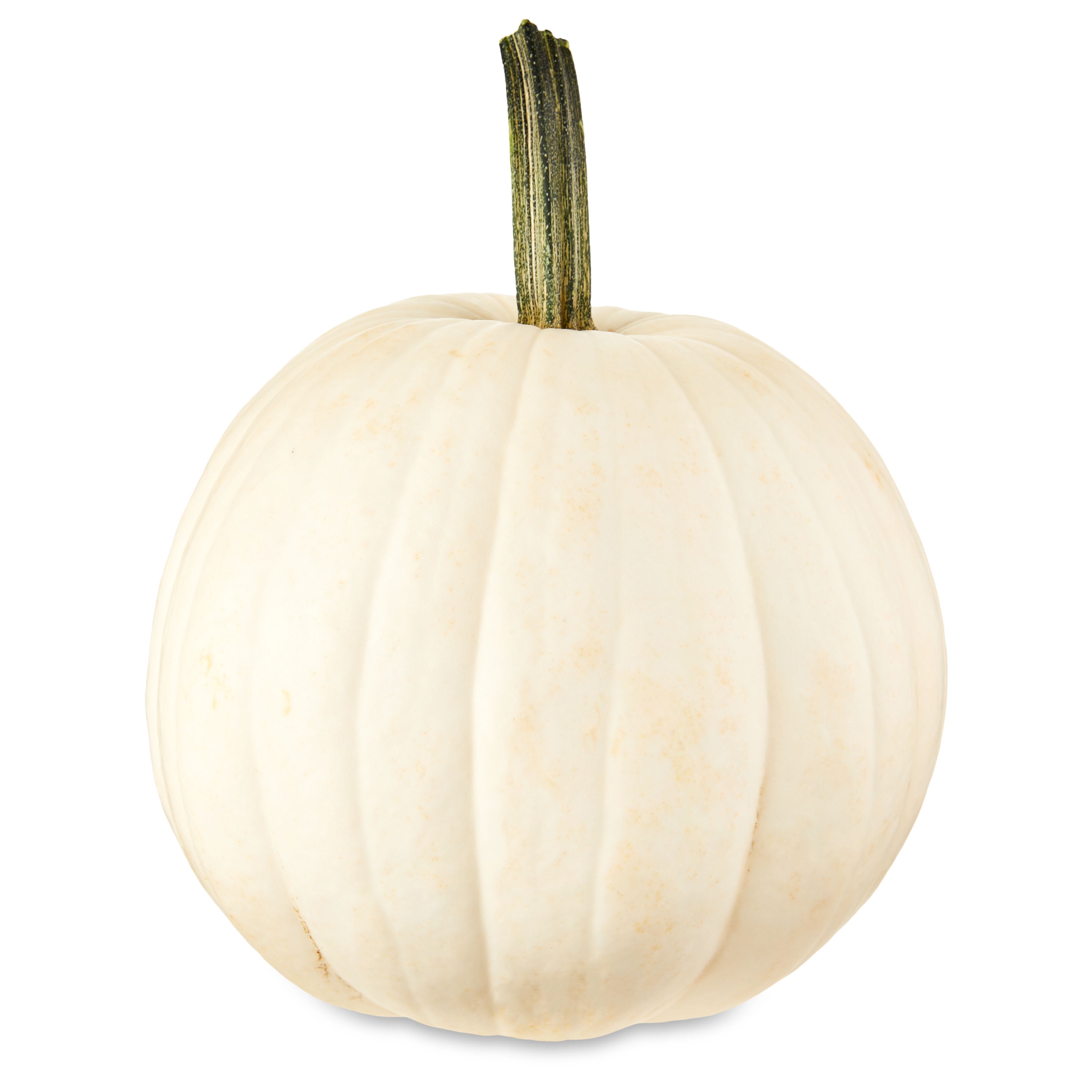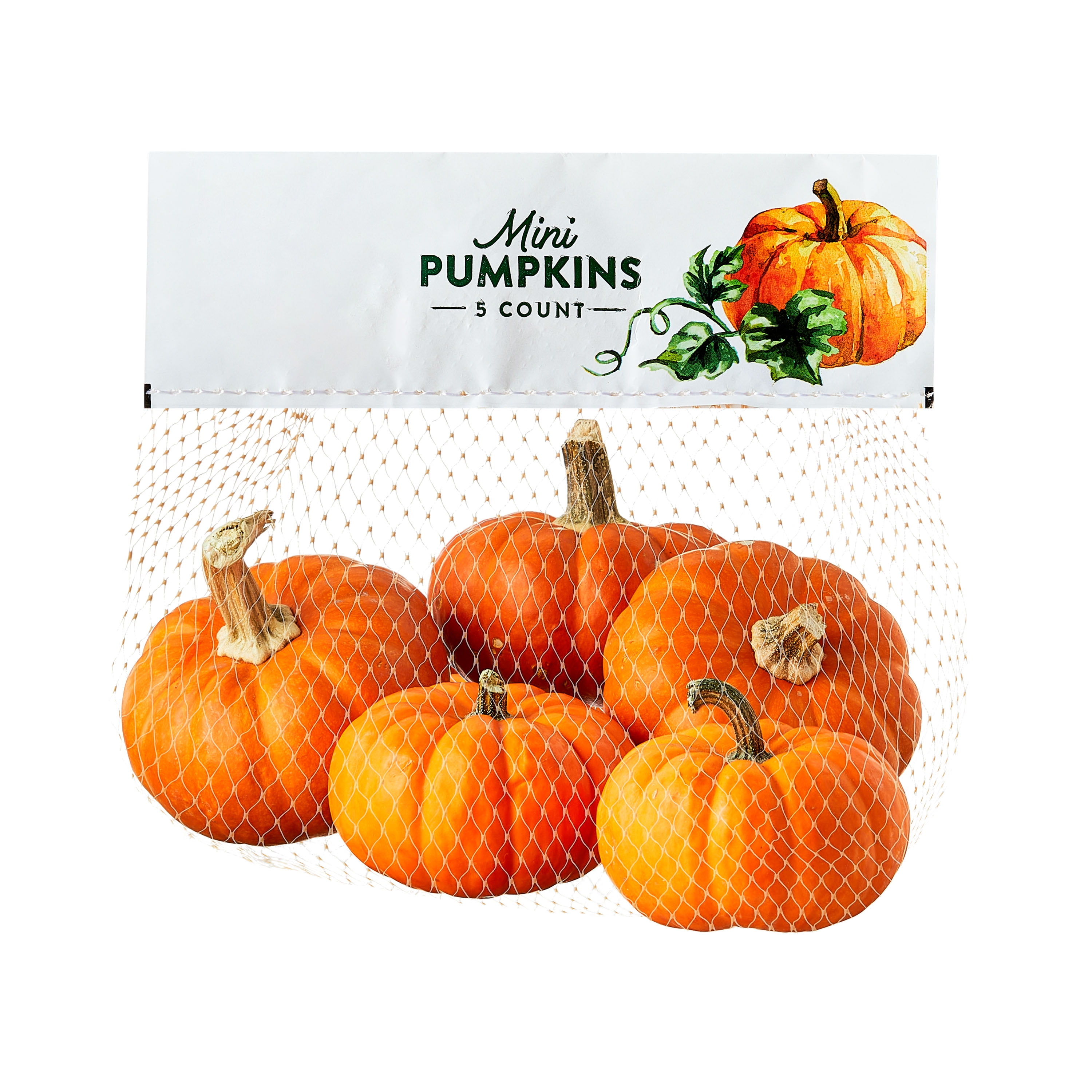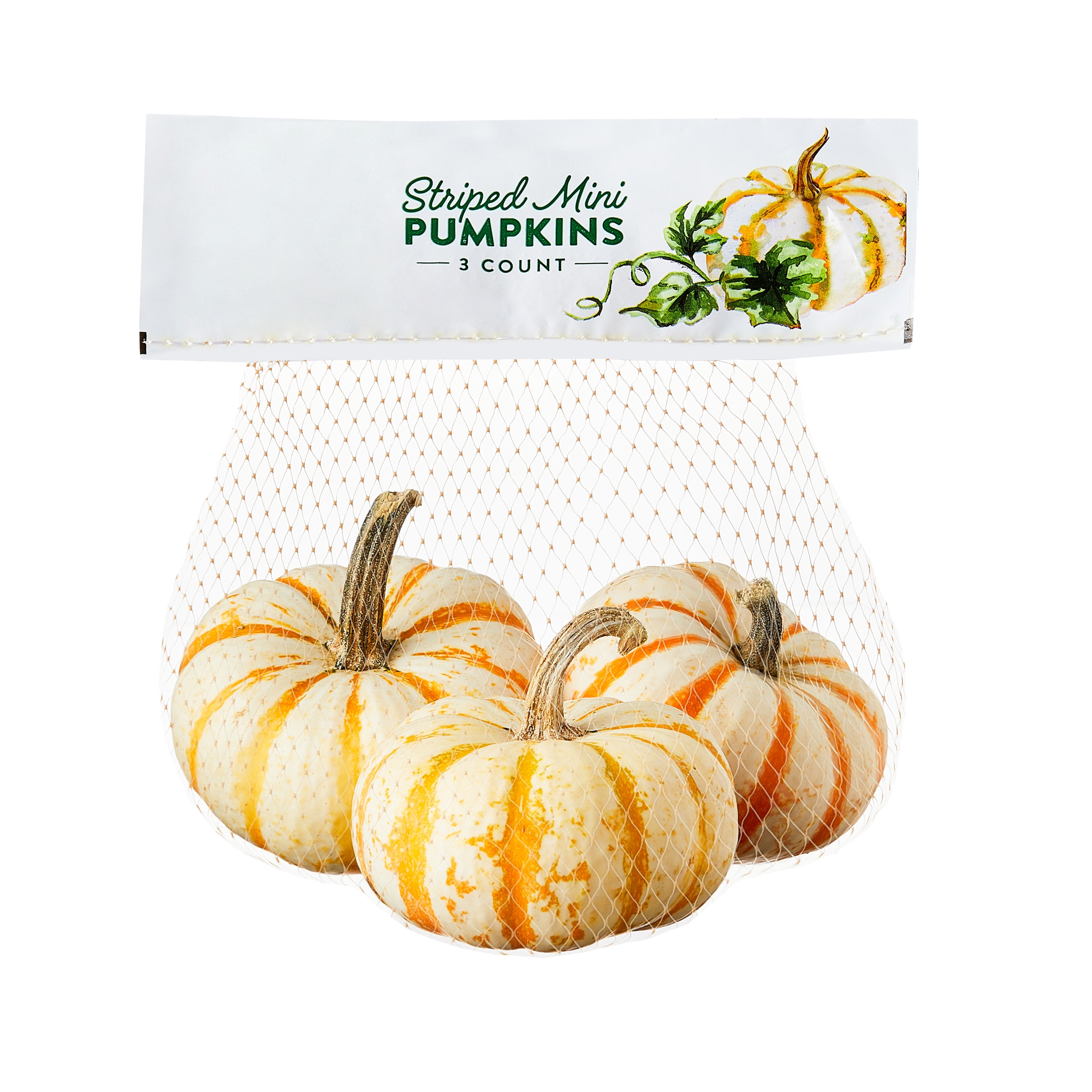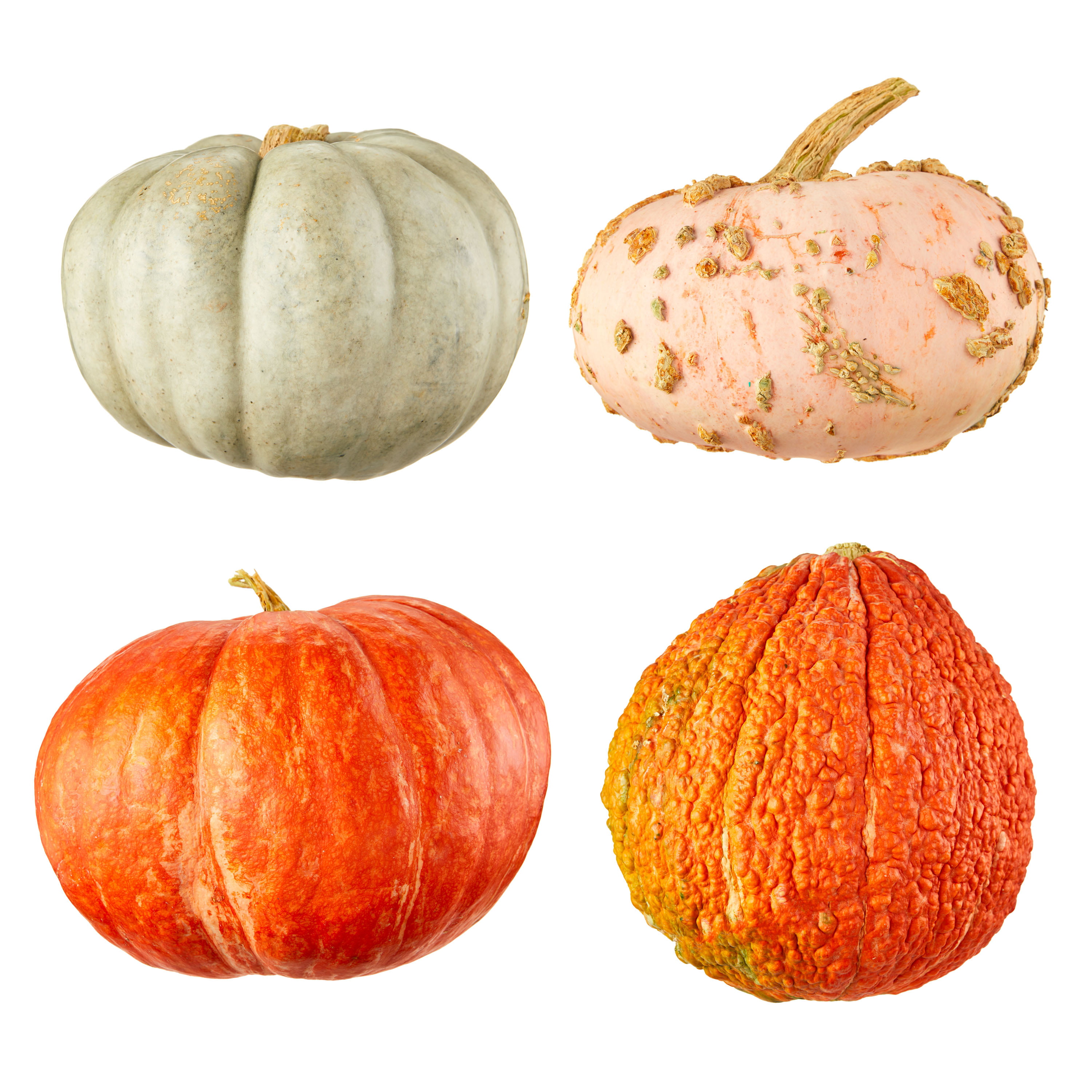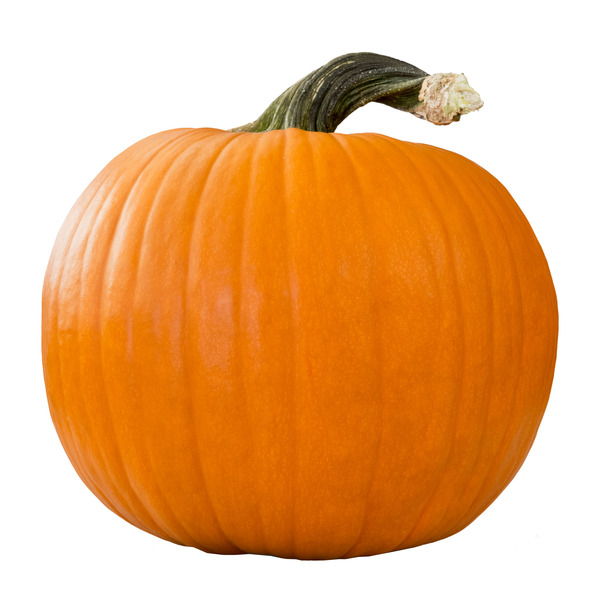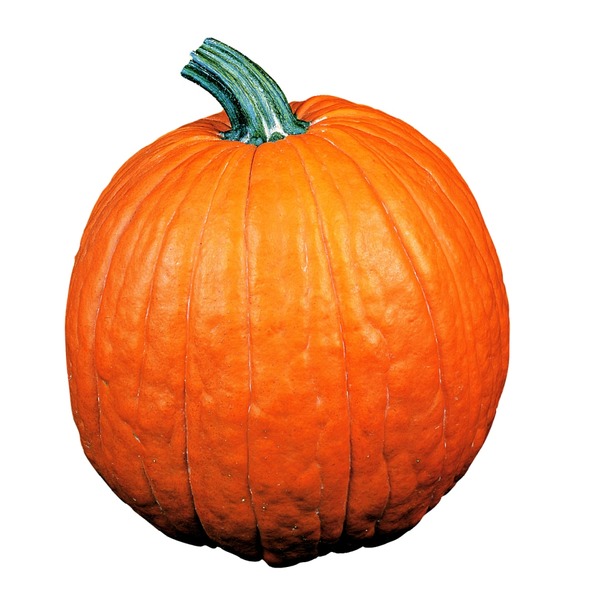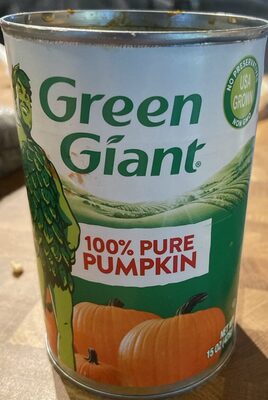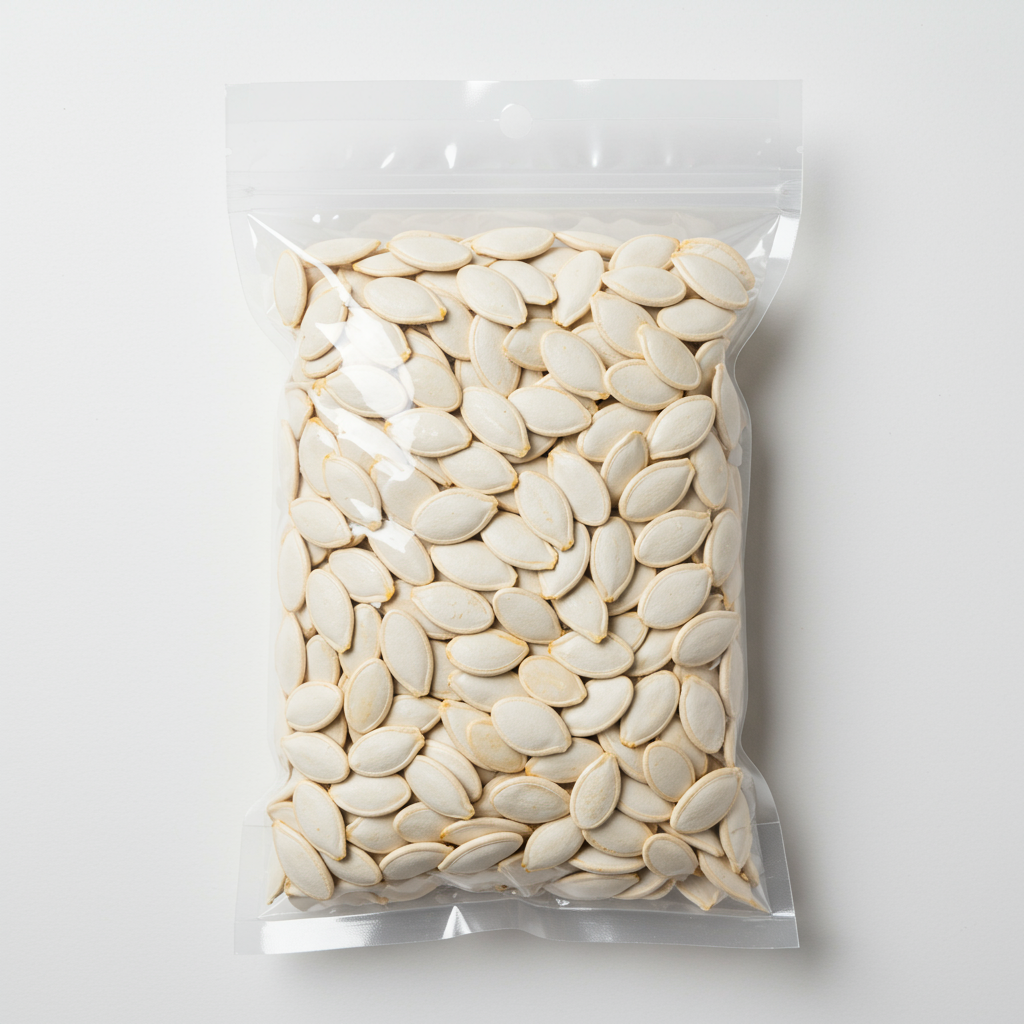DESSERTS
SOUPS
SIDE DISHES
Pumpkin
Pumpkin, scientifically known as Cucurbita pepo, is a versatile winter squash widely used for both culinary and decorative purposes. Characterized by its round shape, ribbed surface, and orange or yellow skin, pumpkins are harvested in various sizes and are native to North America. Rich in vitamins and minerals, pumpkin is an excellent source of nutrients, particularly high in beta-carotene, which converts to vitamin A in the body.
Pumpkins are commonly utilized in home-cooked meals and desserts, with pumpkin puree being a popular choice for making soups, pies, and bread. The seeds, known as pepitas, are a nutritious and tasty snack when roasted. Additionally, pumpkin's popularity skyrockets during the festive season of Halloween, where the outer shell is carved into decorative "jack-o'-lanterns."
86%
CARBS
1%
FAT
13%
PROTEIN
1,354 Pumpkin Products
Fresh Grown Medium Pumpkins - Each
H-E-B Texas Roots White Pumpkin
Organic Pumpkin
Fresh Mini Pumpkins, 5 Count Bag, Whole
Fresh Tiger Striped Pumpkins, Whole, 3 Count Bag
Fresh Autumn Pumpkins, Whole, Each (Color and Variety May Vary)
Jack O'Lantern Carving Halloween Pumpkin - each
Pumpkin
Stokely's Pumpkin
Green Giant Pumpkin
Used In 52 Recipes
4
Succulent Pumpkin-Chickpea Curry with Spinach
2
Golden Pumpkin Gnocchi with Spinach
1
Velvety Pumpkin Spice Chickpea Curry
5
Autumn Delight Pumpkin & Lentil Coconut Curry
4
Pumpkin Chickpea Coconut Curry in a Hurry
4
Herb-Infused Parmesan Roasted Pumpkin
4
Caribbean Pumpkin Coconut Soup
5
Creamy Pumpkin and Chickpea Coconut Stew
Pumpkin Is Frequently Used With
Pumpkin FAQ
When it comes to cooking with pumpkin, common issues that emerge are difficulty in cutting and peeling due to its hard skin, extracting and using the right part of the pumpkin, and knowing the right type of pumpkin to use for particular dishes. Many people also overlook the seeds, which are nutritionally rich and can provide a crunchy element to a variety of dishes.
One major way to get the most out of pumpkin is to ensure that you use the right variety for your intended purpose. For example, smaller sugar or pie pumpkins are typically sweeter and firmer, making them perfect for pies, cakes, or breads, while larger pumpkins, often referred to as carving pumpkins, are best for creating Halloween decorations.
Another tip is to save and roast the seeds when preparing a pumpkin; this provides additional nutrition and can be used for snacking or as a topping for salads, cereals, or desserts.
To ease the process of cutting and peeling, a good trick involves softening the pumpkin by microwaving it briefly before attempting to cut into it. Always make sure to use a sturdy and sharp knife for safety and ease.
While pumpkin is most famous for its use in desserts, especially during the Thanksgiving holiday, it is also excellent in savory dishes such as risottos, curries, and soups, providing a rich and creamy texture. In terms of nutrition, pumpkin is a wonderful source of vitamins A, C, and E, as well as potassium and fiber.
How do I easily cut and peel a pumpkin?
Can all types of pumpkin be used for cooking?
Are pumpkin seeds edible?
Can I use canned pumpkin puree instead of fresh pumpkin?
How do you make homemade pumpkin puree?
What can I do with leftover pumpkin?
What are some savory dishes I can make with pumpkin?
How can I sweeten pumpkin naturally for desserts?
Why is my pumpkin pie filling always watery?
Can pumpkin be used in bread recipes?
Expiration & Storage Tips
When does pumpkin expire?
Unopened canned pumpkin can stay good for 1-2 years beyond the 'best by' date printed on the can. Once opened, canned pumpkin needs to be refrigerated, and will last 5-7 days. Fresh pumpkins, if uncut and stored in a cool, dark place, can last 2-3 months. After they're cut open, fresh pumpkins can stay good in the refrigerator for about 1 week. Frozen raw or cooked pumpkin will maintain best quality for about a year, though remain safe beyond that.
How do you tell if pumpkin is bad?
You can tell if canned pumpkin has gone bad with a few signs: if the can is bulging or leaking, has an off smell or appearance, or if you see mold, it's best to throw it away. For fresh pumpkin, signs of spoilage include a soft or slimy texture, dark discoloration, a strong, unpleasant odor, or visible mold. In case of frozen pumpkin, freezer burn, or a dull, dry appearance are indicators that it won't be of the best quality, but it's still safe to eat unless it has an off smell or visible mold.
Tips for storing pumpkin to extend shelf life
• Store unopened canned pumpkin in a cool, dark pantry away from heat or moisture.
• After opening canned pumpkin, transfer it to a sealed airtight container and store in the refrigerator.
• Uncut fresh pumpkins should be stored in a dark, well-ventilated area like a basement or pantry. Keep it off the ground to avoid rotting.
• Once cut, fresh pumpkin can be wrapped in plastic and refrigerated to maintain moisture.
• To freeze fresh pumpkin, cut it into pieces, remove the seeds and pulp, blanch it, then cool, pack in freezer-safe bags or containers and freeze.
• For freezing cooked pumpkin, let it cool completely before packing in air-tight containers or freezer bags and freezing. When thawing, do it in the refrigerator to avoid temperature shock.
EXPIRES WITHIN
6 - 12
WEEKS
Substitutes
Health Info
Macros
15g
CARBS
0g
FAT
2g
PROTEIN
Allowed on these diets
LOW FAT
HIGH CALCIUM
VEGETARIAN
KETO
PALEO
WHOLE 30
MEDITERRANEAN
LOW CARB
VEGAN
LACTOSE FREE
GLUTEN FREE

